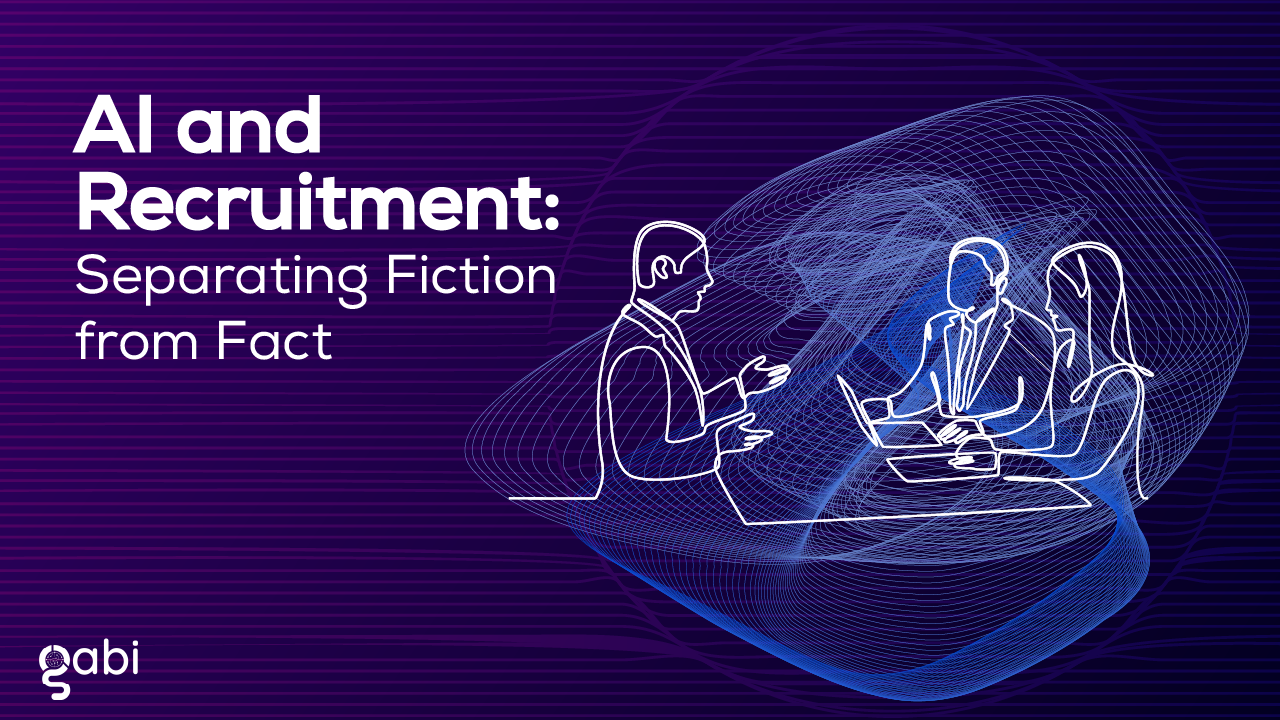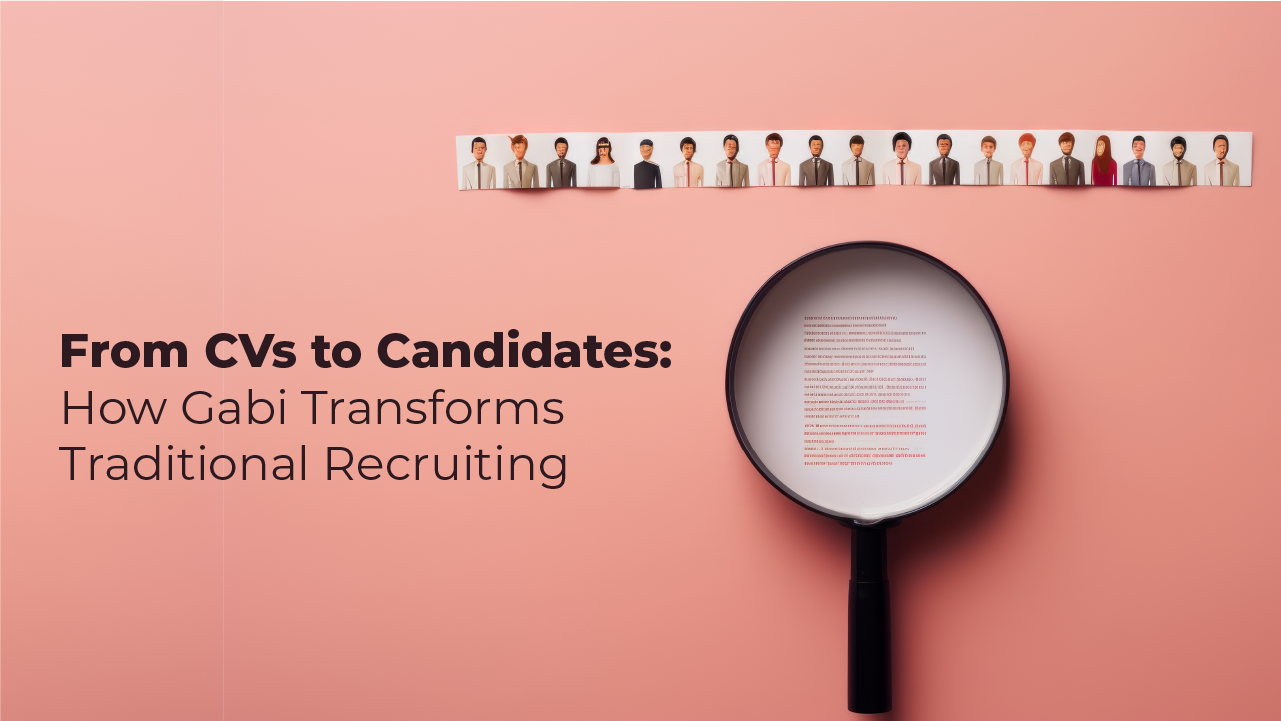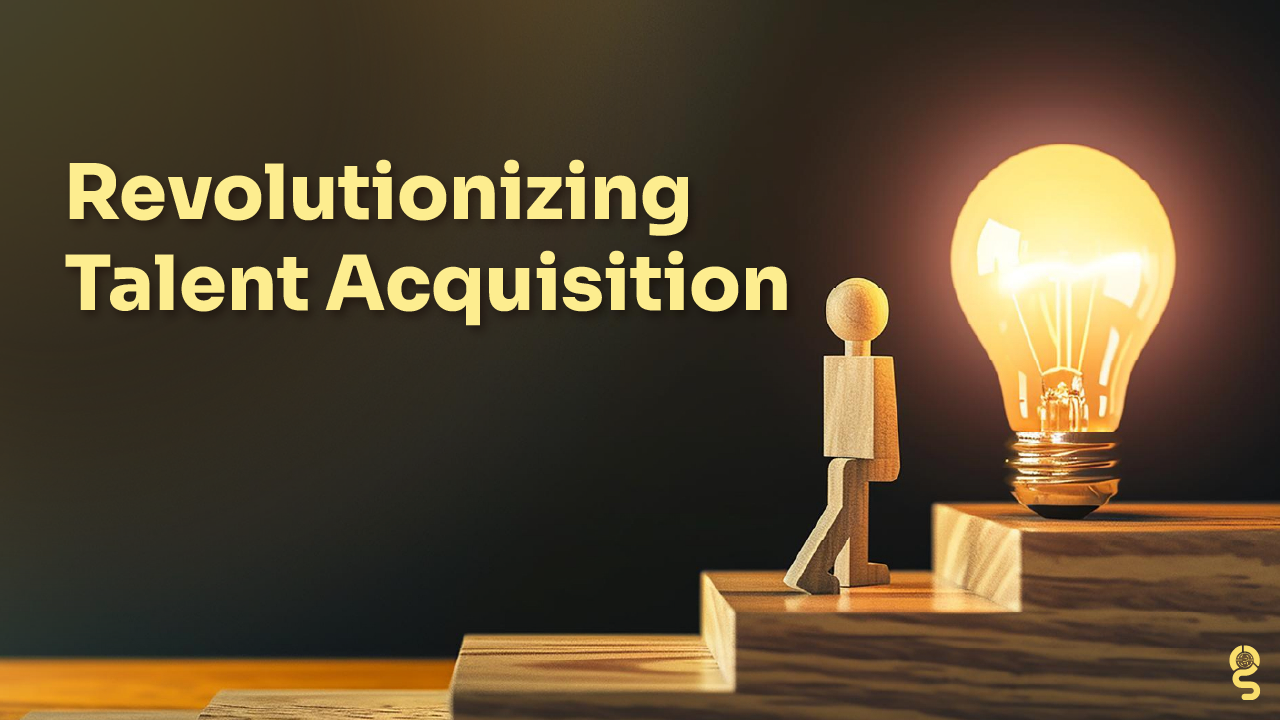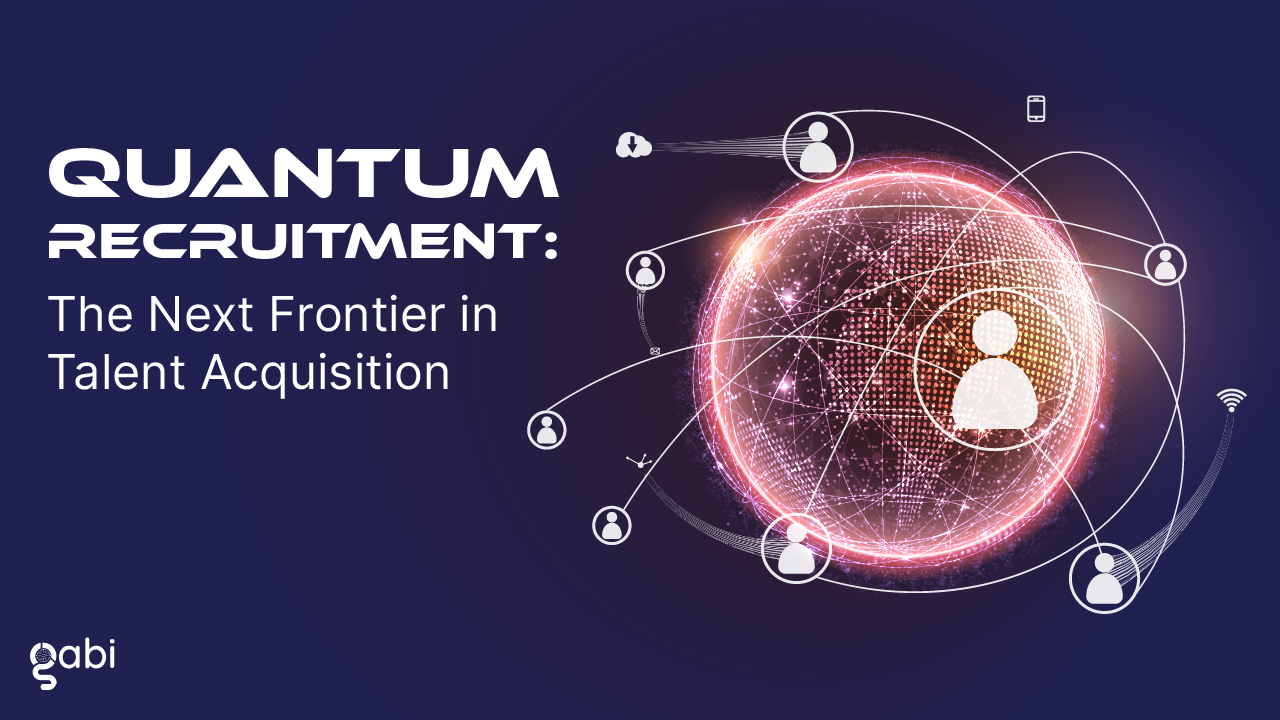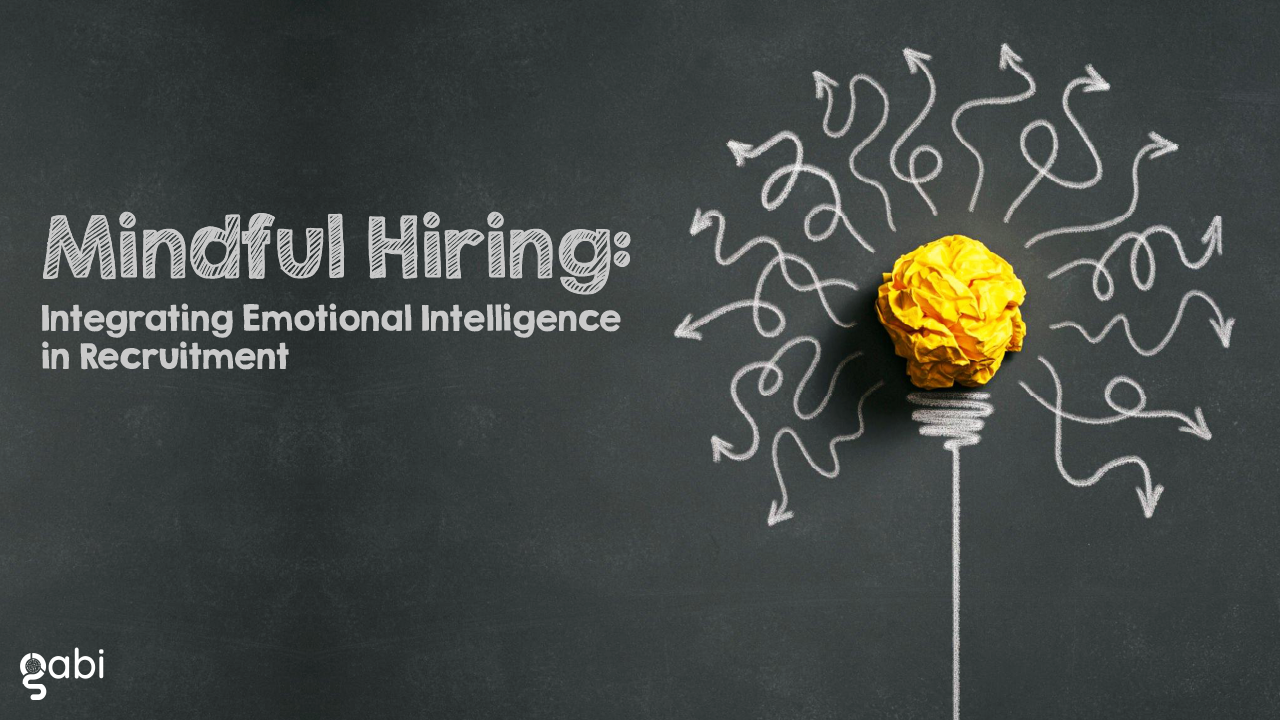The world of talent acquisition has recently been transformed by the emergence of AI recruitment tools and automation. These technological advancements have brought about significant changes in how organizations source, assess and hire their candidates.
However, amid the initial excitement of using artificial intelligence (AI) in recruiting, certain myths have emerged that diminish the true role of AI in recruiting. In this article, we will talk about three prevalent myths and reveal the reality of AI’s influence on the recruitment process.
Debunking Three Common Myths About AI In Recruitment
Are you ready to find the most qualified candidates through job matching? We know how tough the recruiter role can be and that is why we advise you to leverage recruiting AI. There are several myths being debated right now. Here are three of them.
Myth 1: AI Will Replace Human Recruiters
One of the most persistent myths about using AI in recruiting is the fear that it will ultimately replace talent acquisition professionals. While it’s true that AI recruitment tools have revolutionized the industry, it’s essential to understand that these tools are designed to help recruiters or hiring managers.
AI in recruitment can excel at handling repetitive and time-consuming tasks, such as resume screening and initial candidate assessment. Streamlining these tasks can enhance the recruiting process by analyzing thousands of resumes in a matter of seconds or identifying qualifications and experience that match specific job descriptions.
Human recruiters are now able to focus on higher-value tasks, such as conducting interviews and cultivating relationships with candidates.
Recruitment remains a fundamentally human-driven process, and the best results often emerge from the collaboration between AI and human recruiters. Artificial intelligence helps identify potential matches efficiently, while human recruiters bring their expertise in assessing cultural fit, team dynamics, and a candidate’s potential for long-term success within the organization.
Myth 2: AI Eliminates Bias in Hiring
Another common myth associated with AI in recruitment is the belief that it can completely eliminate bias in the talent acquisition process. While artificial intelligence has the potential to mitigate some forms of bias, it is not as fair as we would like it to be.
Using AI algorithms that are trained on historical data can perpetuate and amplify biases. In other words, if an organization’s hiring decisions were influenced by unconscious biases, such as favoring one gender over another, the recruiting software may learn and reproduce those biases.
To counteract this, it is crucial for organizations to actively monitor and adjust their AI algorithms. This ensures fairness and the quality of hire.
The use of AI can help flag potential bias in job postings or candidate selections, but it cannot replace the need for continuous education, awareness, and human judgment in creating a fair and inclusive hiring process.
Myth 3: AI Removes the Need for Human Interaction
One of the most persistent fears associated with AI in recruiting is that it eliminates the need for human interaction in the hiring process. The reality, however, is quite different. AI can automate many administrative and repetitive tasks, but it does not replace the invaluable role of human interaction in recruitment.
Human interaction is essential for building relationships with candidates, understanding their motivations and aspirations, and assessing their cultural fit within an organization. It’s during the interviews that recruiters become accustomed to the candidates’ soft skills, communication abilities, and personality.
Furthermore, the human touch is crucial in making job seekers feel valued and respected, regardless of the outcome. AI tools may assess candidates and send automated rejection emails, but the personal touch provided by human recruiters can leave a positive impression even on rejected candidates, potentially benefiting the company’s reputation in the long run.
Use AI recruiting to streamline the initial stages and identify potential matches. On the other hand, leave the administrative tasks and hiring decisions to the humans in your organization.
Separating Fact from Fiction: AI’s Real Role in Recruiting
Now that we’ve talked about the most common myths, let’s explore the real role of AI in the recruiting strategy:
Recruitment Efficiency: AI-powered tools have undeniably increased the efficiency of the recruitment process. With the help of natural language processing (NLP) and machine learning, human recruiters can free up their time and focus on higher-value activities, such as interviewing and relationship-building.
Hiring Technology: AI recruitment tools are valuable additions to the recruiter’s toolkit. They help with screening resumes and identifying the best candidates more quickly.
HR Technology: The integration of AI-powered recruiting software has simplified and enhanced the entire process of hiring. From sourcing potential candidates on job boards and social media to conducting video interviews and onboarding, AI-driven HR technology has improved the entire candidate experience.
Conclusion
In conclusion, you should leverage AI’s machine learning in order to transform the field of recruiting, making it more efficient for recruitment teams to make informed decisions.
However, it’s vital to recognize the limitations and be aware of the myths that can create unrealistic expectations.
Looking for the best AI tool around? Try Gabi, a cloud-based AI that is designed to find the most suitable candidates in no time. Contact us today for more information!

